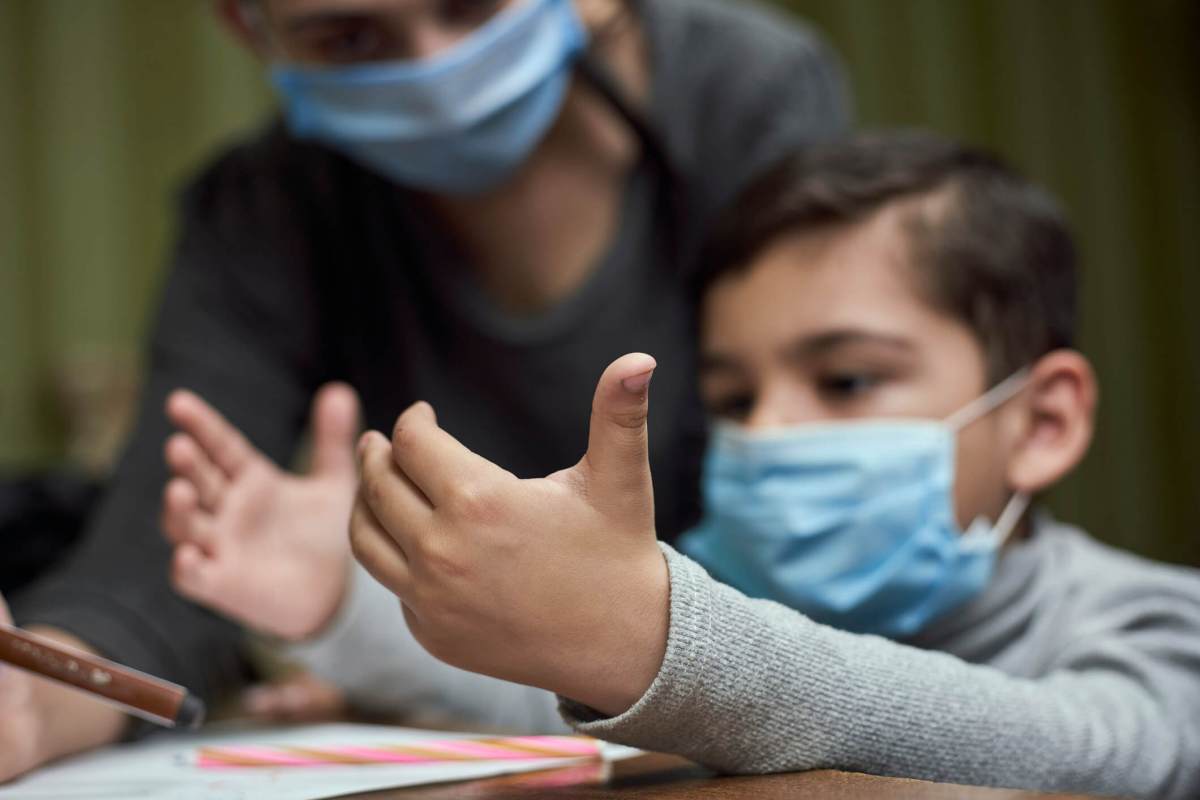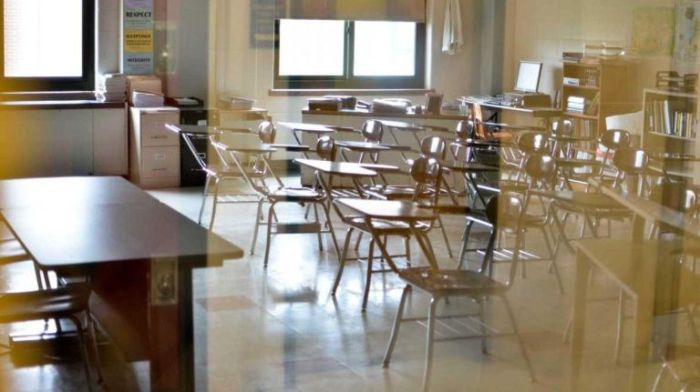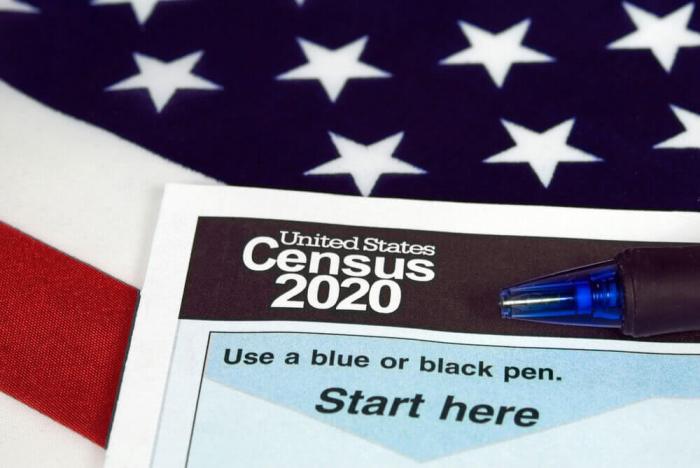By Scott Stringer and Kim Sweet
Each day during the pandemic, 13,000 students in New York City’s homeless shelters attempt to join Zooms with their teachers and log in to Google Classroom to obtain the education that is their right. But for too many of these students, the challenge is not a math problem or an essay, but accessing their classes in the first place. Of the more than 200 shelters housing children across the five boroughs, only a handful have internet access — leaving many children who already have faced tremendous loss and disruption also cut off from instruction, cut off from classwork and homework, and cut off from their teachers and their peers.
Mayor de Blasio recently announced his intention to finally provide Wi-Fi internet access to all family shelters by the summer — well after this school year ends. This timeline is too little, too late to provide access to education for students who can’t afford to waste this whole year. And while the City offered students iPads with cellular data plans, the devices have proven useless in many cases because of limited bandwidth or non-existent cellular reception at many shelters.
We need a plan to immediately connect students in our family shelters to the instruction they need. Drawing on our recent experience during the pandemic, together we have outlined recommendations to expedite the delivery of critical Internet service and avoid massive learning loss for children who are already contending with immense disparities.
Prioritize more shelters to be wired by this winter. Based on reports of connectivity problems, the City designated 27 shelters to complete wiring by this winter. However, we know of many more shelters that would benefit from immediate Wi-Fi installation. DHS should be flexible with its prioritization and add shelters to the short list as more sites with connectivity challenges are identified.
Meet with the shelter operators who have already wired their buildings, to learn from their experiences. Several family shelters successfully wired their buildings this spring with philanthropic assistance. They understand the challenges and have developed sensible, efficient approaches that can help expedite installation and reduce costs.
Explore bringing in additional Internet service providers to support this initiative. The City announced its intention to work with Charter Communications and Altice USA to provide Wi-Fi access to family shelters. To expand capacity for the project and provide internet coverage more quickly, the City should consider engaging additional Internet service providers.
Offer on-the-ground, linguistically competent tech support to all students living in shelter. Many families are struggling to use their devices due to technology issues or lack of technological know-how. These families need to be offered in-person support, in their home language. In-person tech support teams should also bring additional devices to distribute to students who are still lacking them, or need broken devices to be replaced.
Designate an interagency Director of Students in Temporary Housing. This position should focus on serving students in temporary housing and have its authority expanded to guide interagency collaboration between the Department of Education, Department of Homeless Services, and other agencies serving students experiencing housing instability.
DOE should work with DHS to use attendance data to better support families. Careful attention to attendance data can help identify families in shelter facing challenges. The DOE should collaborate with DHS to use available attendance data to target support to families. Families in need of support could then be engaged in real time, and if technological access is the issue, be provided with the prompt, appropriate solutions for their students.
Families living in shelters should be prioritized for space in nearby Learning Bridges programs. The City should double down on efforts to make families in shelters aware of nearby Learning Bridges sites, which provide free childcare for children in 3-K through 8th grade and have Wi-Fi. Families living in shelters should be directly connected to the host community-based organization and immediately be enrolled if they so choose. No slot for a child living in a shelter should be released until the City has confirmed with the student’s family that the slot isn’t needed.
Students in shelters should be able to attend in-person instruction every day. Since connectivity remains an issue in many shelters, we should make the option of five-day, in-person learning available to families in shelter. This would be especially helpful not only for younger children who are learning critical skills like reading, but for high school students who are not allowed to stay in their shelters unsupervised during the day and who are too old to attend Learning Bridges.
New York has both a constitutional mandate and a moral obligation to provide a free and full education to every child, regardless of where they live. Next summer is simply too late to give these students the essential tools they need to keep learning – during the global pandemic, and in the transformed world that will follow. The City must provide immediate solutions to ensure that all children living in temporary housing can get access to the education they deserve.
Scott Stringer is the New York City Comptroller, Kim Sweet is the Executive Director of Advocates for Children of New York.




































